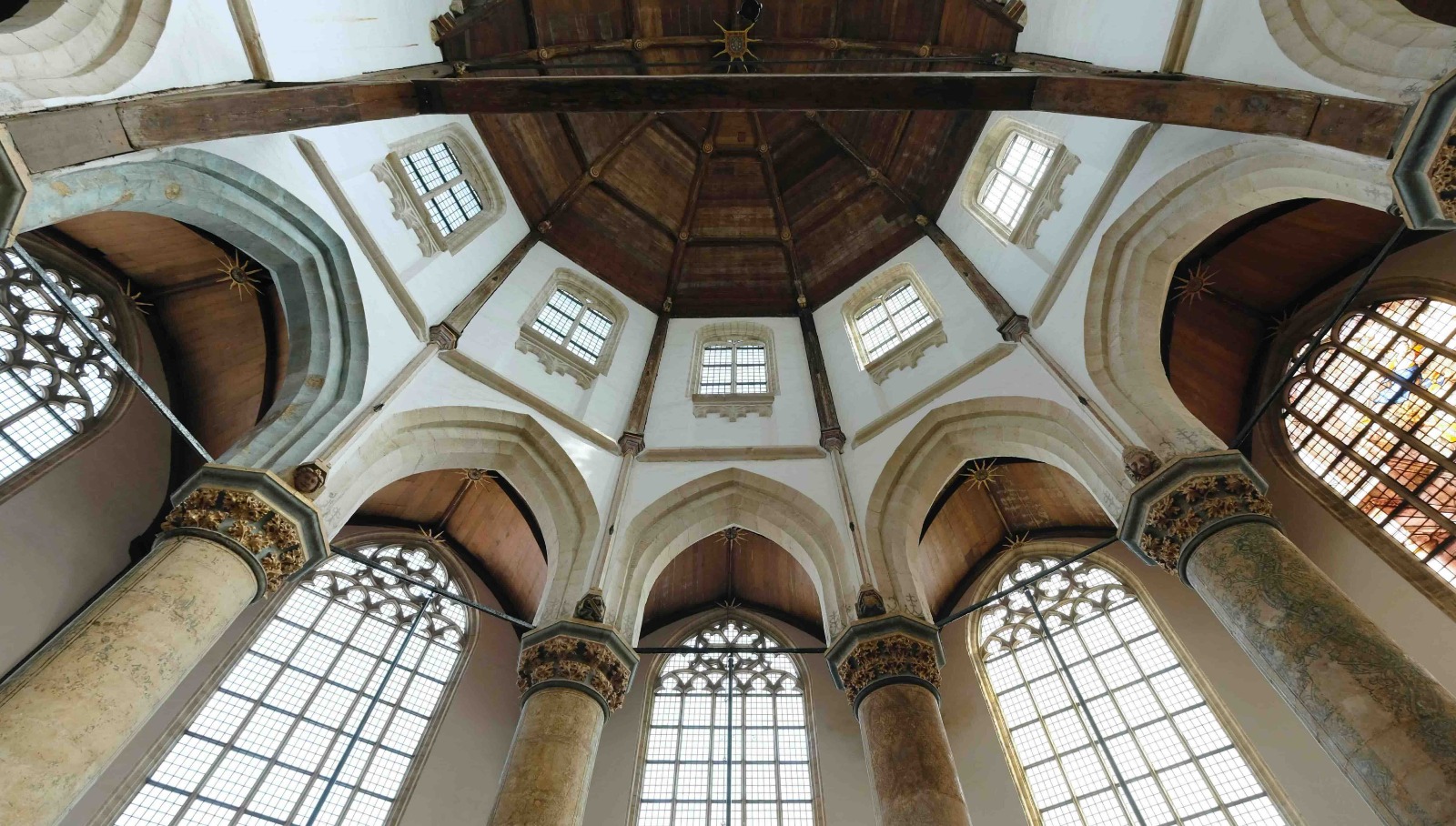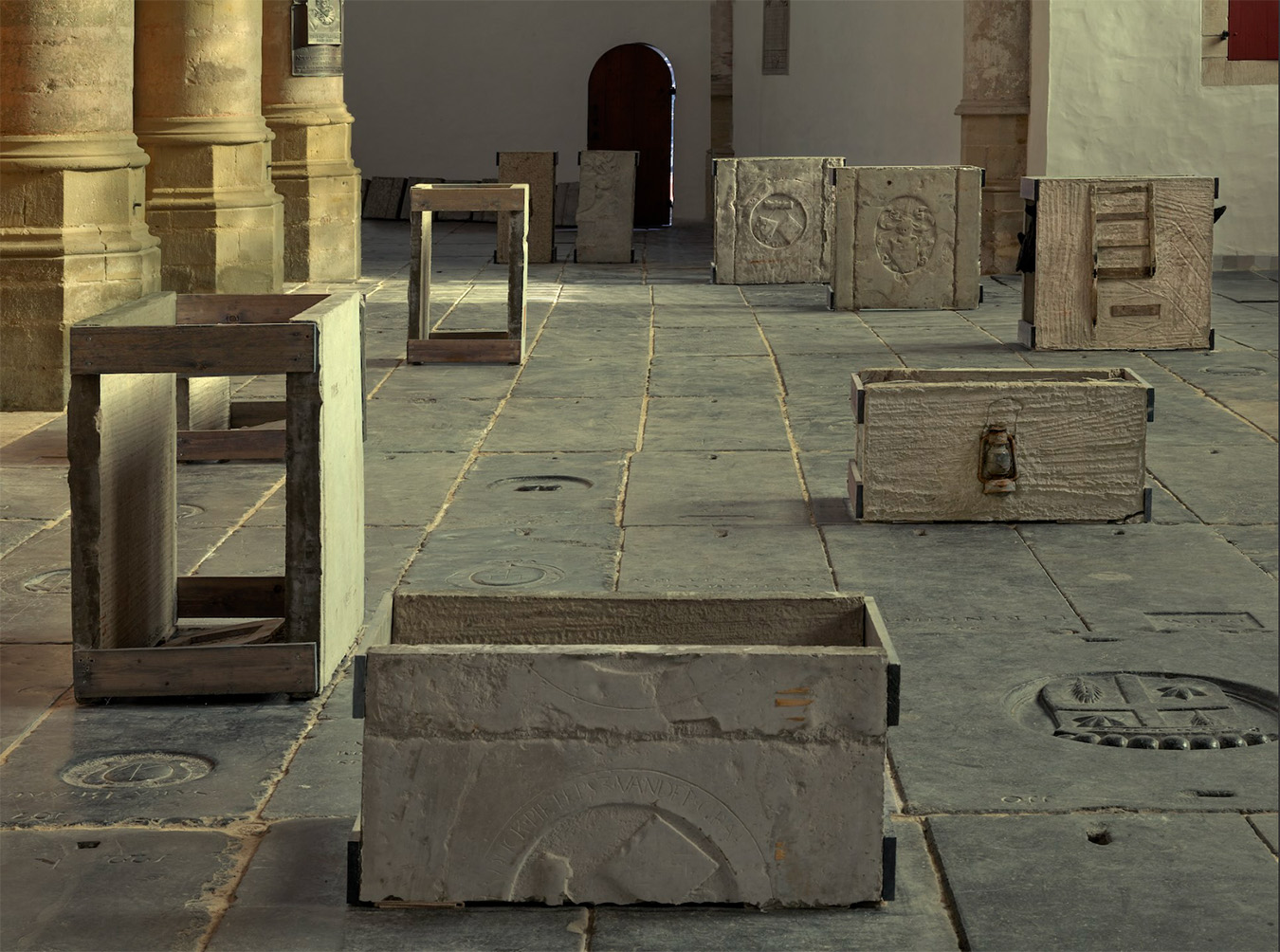How do you describe your world? Is it the world you see on a map? Is it the material world that you interpret through your senses? Is it the universe experiencing itself infinitesimally within each of your cells? We unpacked some of the complexities of the question in conversations with Waking Life.
Worldbuilding theoretically subverts the norm
The literary, sci-fi, and fantasy buffs will recognise worldbuilding as the art of creating a unique, fictional world: dropping your audience into the history of a location and its characters. Illustrating how they interact with each other, what their cultural rituals are, the stench of the beer-soaked carpets at the local pub, the shimmer of the river on a Wednesday in summer. When done right, it presents both the light and shade of its inhabitants and is equal parts transportive and comforting. It makes you feel safe enough to want to fly the coop.
In a countercultural context, worldbuilding refers to the creation and development of an alternative or subversive reality that challenges or diverges from mainstream norms and values. It requires just as much imagination and creativity as literature in order to spark new narratives that run next to default reality. But how achievable is this? And what does it take to build this world?
The constraints of worldbuilding within the norm
Waking Life is a multi-dimensional, year-round arts and ecology community project in eastern Portugal that, once a year, climaxes to a six-day art, music, and countercultural learning event. The project often calls itself a worldbuilding experiment. What does Waking Life mean when it calls itself a worldbuilding experiment? If we consider all the above, can you ever really create an entire world if what you’re creating still has to exist within the container of the ‘norm’?
The Waking Life project is not pro-capitalism, but still, worldbuilding can only happen within the constraints of a capitalist society. Unless you want to create an off-grid, closed community like the one in Alex Garland’s novel, The Beach, (also an option) you’re pitched against geopolitical tensions, world economics, lived experiences, privilege dynamics, global illness, and contractual land grievances like any other organisation. So the path to countercultural worldbuilding is fraught with paradoxes.


'The path to countercultural worldbuilding is fraught with paradoxes'
Paradox 1: Default reality is inescapable
The first paradox: When you’re trying to create something within the constraints of default reality, perhaps a corridor to a different perspective is all you can really hope for. And if we consider the monotony of our days in this default world, perhaps a corridor to a different perspective is all we really need.
The collective behind Waking Life neither set out to be corridor creators nor worldbuilders. That approach evolved over the years. The friends set out to find a location that could host the type of event they imagined: an outdoor spot that allowed for people to take the time and space to gather, experiment, and explore. Now, it’s a multi-dimensional community project that climaxes to a six-day event hosting music, installations, workshops and performances over the European summer solstice.
In the remaining 359 days of the year, 10 crew members who live at the event location, deploy syntropic agriculture techniques onsite. They work with volunteers to restore the impoverished ecosystems surrounding the Barragem das Nascentes lake. The aim is to regenerate 35 hectares of the grounds into a biodiverse public park, where flora and fauna grow into vibrant, new ecosystems. In the past five years, they've planted 6,000 trees and shrubs in the arid areas of the site as well as 4,000 shrubs and trees along the streams to feed the lake. While many events spread awareness about ecological principles, Waking Life is one of the few that incorporates it into practice and extends it to different pockets of the scene.

Paradox 2: The challenge of overcoming systemic structures
In light of that is the second paradox: the current structure of privilege and dynamics means that in order to attend the event or workshops throughout the year, you still have to have the luxury of time and money to visit. People from a distinct constellation of geographies, ages, and educational backgrounds are attracted to and attend the event. Naturally, there’s a certain level of diversity and mixing but these constraints mean that Waking Life is not utopia.
When these friends started location scouting, nobody rushed to write a manifesto about what Waking Life would and wouldn’t be. But there was passion, obsession, a collective drive, and curiosity about what could be. The mystery of its potential was enough to get it going. American novelist, Ken Kesey, summarises it well: "The answer is never the answer. What's really interesting is the mystery…the job is to seek mystery, evoke mystery, plant a garden in which strange plants grow and mysteries bloom. The need for mystery is greater than the need for an answer." Indeed, the history of Waking Life is the result of people following their noses and inhabiting the edges of the ‘what-ifs’. What if the event could exist for an entire month? What if we could work with the local community to create an artist residency that bridges creative gaps in the community and supports the region’s youth?
Paradox 2: The challenge of overcoming systemic structures
In light of that is the second paradox: the current structure of privilege and dynamics means that in order to attend the event or workshops throughout the year, you still have to have the luxury of time and money to visit. People from a distinct constellation of geographies, ages, and educational backgrounds are attracted to and attend the event. Naturally, there’s a certain level of diversity and mixing but these constraints mean that Waking Life is not utopia.
When these friends started location scouting, nobody rushed to write a manifesto about what Waking Life would and wouldn’t be. But there was passion, obsession, a collective drive, and curiosity about what could be. The mystery of its potential was enough to get it going. American novelist, Ken Kesey, summarises it well: "The answer is never the answer. What's really interesting is the mystery…the job is to seek mystery, evoke mystery, plant a garden in which strange plants grow and mysteries bloom. The need for mystery is greater than the need for an answer." Indeed, the history of Waking Life is the result of people following their noses and inhabiting the edges of the ‘what-ifs’. What if the event could exist for an entire month? What if we could work with the local community to create an artist residency that bridges creative gaps in the community and supports the region’s youth?
Paradox 3: To lean into mystery is to demystify it
Waking Life inhabits and highlights the liminal and the ephemeral. After six years, it’s both an organisation and ecosystem that’s now at a point of self-observation and maturation. It’s fitting that a project that celebrates the ephemeral is always questioning the state of itself and is careful to even define itself.
Our third paradox: to lean into mystery is to demystify it. At this point, it’s valid to ask how Waking Life can call itself a worldbuilding project if the outline of the world cannot be defined? On this, the crew believes that it’s less about mapping out what this world looks like and more about creating a space that evokes mystery, eroticism, beauty, and the complexity of existence. In this sense, worldbuilding is creating a space for people to think and feel outside the parameters of their own norms. A space that could be equal parts transportive and comforting for its community.
'If it takes a village to raise a child, it takes an global village to birth a world'
Built on co-creation between organisers and participants
Waking Life has thousands of participants who consistently attend year in, year out. People from all over converge in Crato, Alentejo for this week, and if it takes a village to raise a child, it takes a global village to birth a new world. The website stipulates that folks are not buying a ticket to a show, rather, they’re opting into a week of co-creation.
There’s a strict no-cameras-on-the-dancefloor policy and apart from the usual guidelines that make sure you clean up after yourself and don’t drop cigarette butts on the ground, the rest of the experience is up for interpretation, feeling, imagining, and building. Perhaps because many of the participants return from one year to the next, there’s an ingrained culture that makes this behaviour less like a set of rules to follow and more like a general understanding. (Or misunderstanding... for those who still take pics on dancefloors, have screen brightness at 100%, and litter...)

A lakeside blank canvas
You see it in the opportunities to build Creative Camps — an opening to host anything from nude portraiture, to sitting in on oracle prophecies, to offering a tattoo lottery. You hear it in the way the DJs push their sounds and sets to the edge. You see it in the way art installations and performances appear and disappear like thoughts themselves. The space for imagination extends to the stage production: an artful blank canvas embedded as organically as possible within its natural surroundings.
.webp)

Accept the light and shade to shift perspectives
Waking Life is playful but it also offers a safe(r) opportunity to explore the darker shades of human feeling. If we’re taking the time to recognise our daydreams, why not our waking nightmares also? This summer, the counterculture space, Apuro, will dedicate a day to grief and loss: a state of being that is all too often swept under the rug because many of us simply don’t know what to do with it, where, or how to talk about it. Moments like these may serve as entrances to a corridor that might shift a perspective. A portal, perhaps, to perceive things differently in the everyday.
Waking Life doesn’t set out to define what will act as a perspective-shifting portal. Ultimately, it’s a chose-your-own-adventure ride, and in this sense, the outcome is not the point. The point, rather, is to facilitate the experience. One character in Richard Linklater’s 2001 film, Waking Life, says: “It’s like we go through life with our antennas bouncing off one another, continuously on autopilot, with nothing really human required of us. Stop. Go. Walk here. Drive there. All actions are basically for survival.” If nothing else, projects like Waking Life create space to side step default reality for a moment and take yourself off autopilot mode. What you experience, how you integrate those experiences, and whether they create different corridors of perception is part of the mystery.

This article was built from conversations with Ivan, Jens, and Emma: some of the Waking Life core members.








